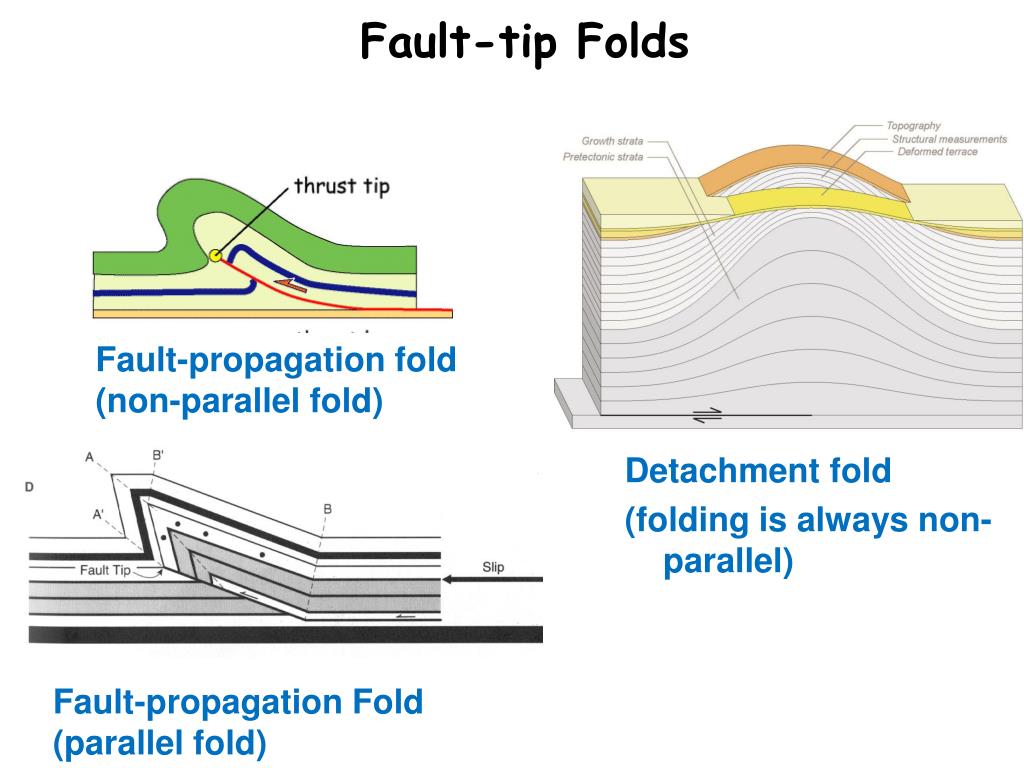

Scores = cross_val_score(model, X, y, scoring=' neg_mean_squared_error',įrom the output we can see that the root mean squared error (RMSE) was 4.284.
#K sys for folded flexture how to
The following code shows how to calculate this metric using LOOCV: #define predictor and response variablesĬv = KFold ( n_splits = 5, random_state = 1, shuffle = True ) #build multiple linear regression model In general, the lower the MAE, the more closely a model is able to predict the actual observations.Īnother commonly used metric to evaluate model performance is the root mean squared error (RMSE). That is, the average absolute error between the model prediction and the actual observed data is 3.614. Scores = cross_val_score(model, X, y, scoring=' neg_mean_absolute_error',įrom the output we can see that the mean absolute error (MAE) was 3.614. #define predictor and response variablesĬv = KFold ( n_splits = 10, random_state = 1, shuffle = True ) #build multiple linear regression model Next, we’ll then fit a multiple linear regression model to the dataset and perform LOOCV to evaluate the model performance. Next, we’ll create a pandas DataFrame that contains two predictor variables, x 1 and x 2, and a single response variable y. model_selection import cross_val_scoreįrom sklearn. model_selection import KFoldįrom sklearn. model_selection import train_test_splitįrom sklearn. Step 1: Load Necessary Librariesįirst, we’ll load the necessary functions and libraries for this example: from sklearn. This tutorial provides a step-by-step example of how to perform k-fold cross validation for a given model in Python. Calculate the overall test MSE to be the average of the k test MSE’s. Repeat this process k times, using a different set each time as the holdout set.Ĥ. Calculate the test MSE on the observations in the fold that was held out.ģ. Fit the model on the remaining k-1 folds. Choose one of the folds to be the holdout set. Randomly divide a dataset into k groups, or “folds”, of roughly equal size.Ģ. One commonly used method for doing this is known as k-fold cross-validation, which uses the following approach:ġ. To evaluate the performance of a model on a dataset, we need to measure how well the predictions made by the model match the observed data.


 0 kommentar(er)
0 kommentar(er)
